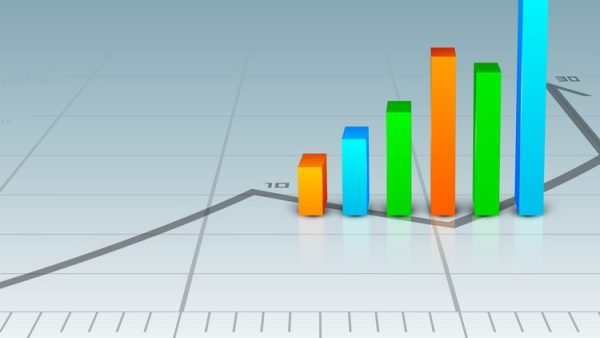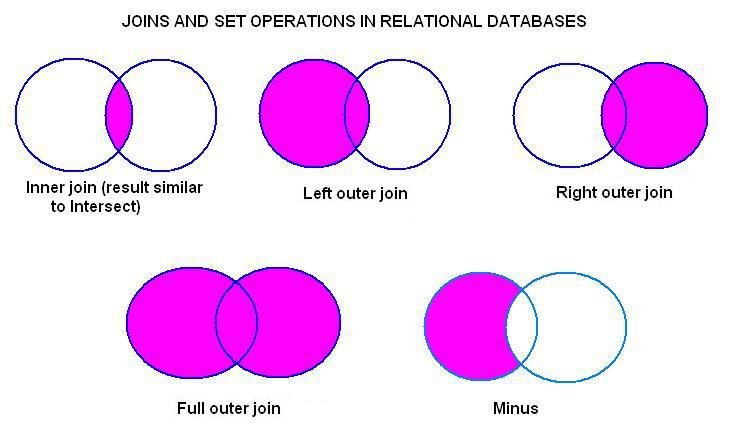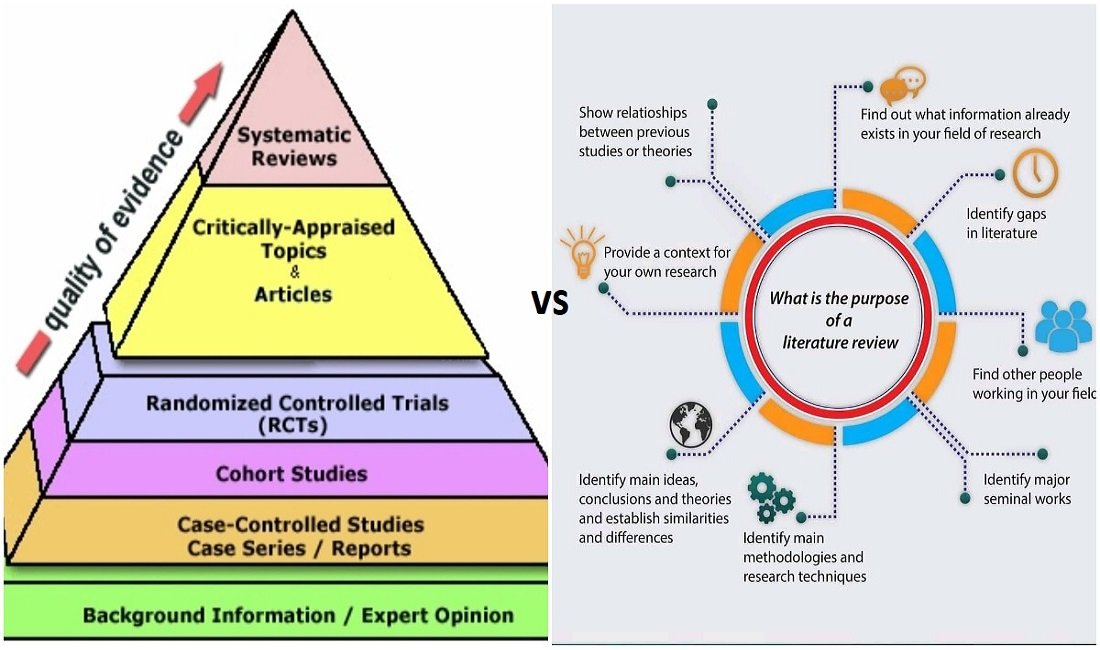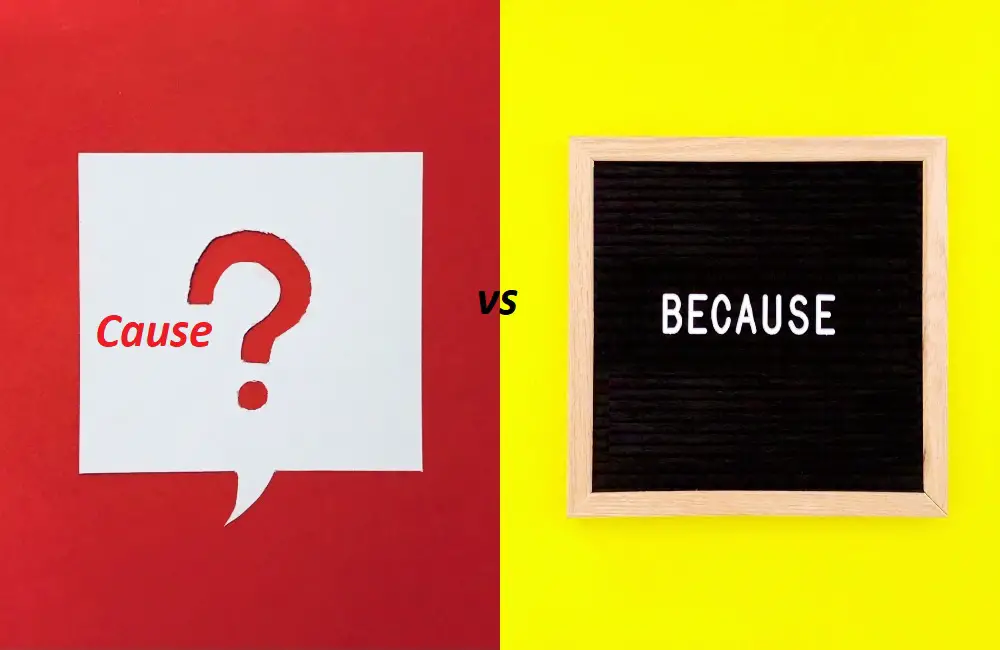Descriptive Vs. Inferential Statistics: What Are The Main Differences?
Usually, when conducting research on groups of people, you will use both inferential and descriptive statistics to summarize and analyze your findings. But what’s the difference between descriptive and inferential statistics and how do they work exactly? Let’s have a closer look at both forms of data analysis and see what they’re all about.
Descriptive Statistics

Descriptive statistics is the method that summaries, displays or describes data in a quantifiable manner. It’s probably the type of data analysis that comes to mind whenever the word “statistics” is mentioned.
For instance, let’s say we’re studying a shop that sells all sorts of ice cream. If they sold 100 cones and 60 of them were chocolate, then one way of describing the info on the ice cream sold is that the chocolate variety was 60% of the total sales.
We may also check how many strawberries ice cream they sold each day during a month and calculate an average per month. This is also descriptive statistics. However, with this type of analysis, we cannot, for instance, estimate how many strawberry cones are sold in the whole world.
Descriptive statistics does not allow drawing conclusions beyond the information we already have or reaching verdicts regarding hypotheses we may have. It is just a way to organize and describe data in a useful manner.
Systematic Review and Literature Review: What’s The Differences?
Inferential Statistics

Inferential statistics entails reducing properties of a population by analyzing a statistical sample. To translate this, let’s get back to the ice cream shop example. Let’s assume we want to find out how many ice creams are sold in the whole state of New York in a week.
Going to every single shop, restaurant and parlor in the area is basically impossible, and this is where inferential statistics enters the scene.
To find out, you would simply use a representative sample, such as a certain number of shops and parlors throughout New York, and extrapolate the results to the whole population.
While the method won’t give 100% accurate results, as you may imagine, it enables us to make well-reasoned suppositions regarding the population we’re studying.
Recommended for You:
- Parameter Vs. Statistic: What Are The Differences?
- Difference Between Accrued Expenses and Accounts Payable
- What’s The Difference Between Roth and Traditional TSP?
The Differences between Descriptive and Inferential Statistics
What do you say? Are the two forms of statistical analysis easier to grasp now? Have a look at the table below to see the main differences between inferential and descriptive statistics:
Descriptive Statistics |
Inferential ‘Statistics |
|
|
|
|
|
|
Liked our answer on the difference between descriptive and inferential statistics? Subscribe to our newsletter to get similar topics and learn more about numbers, science, philosophical concepts and anything in between.






